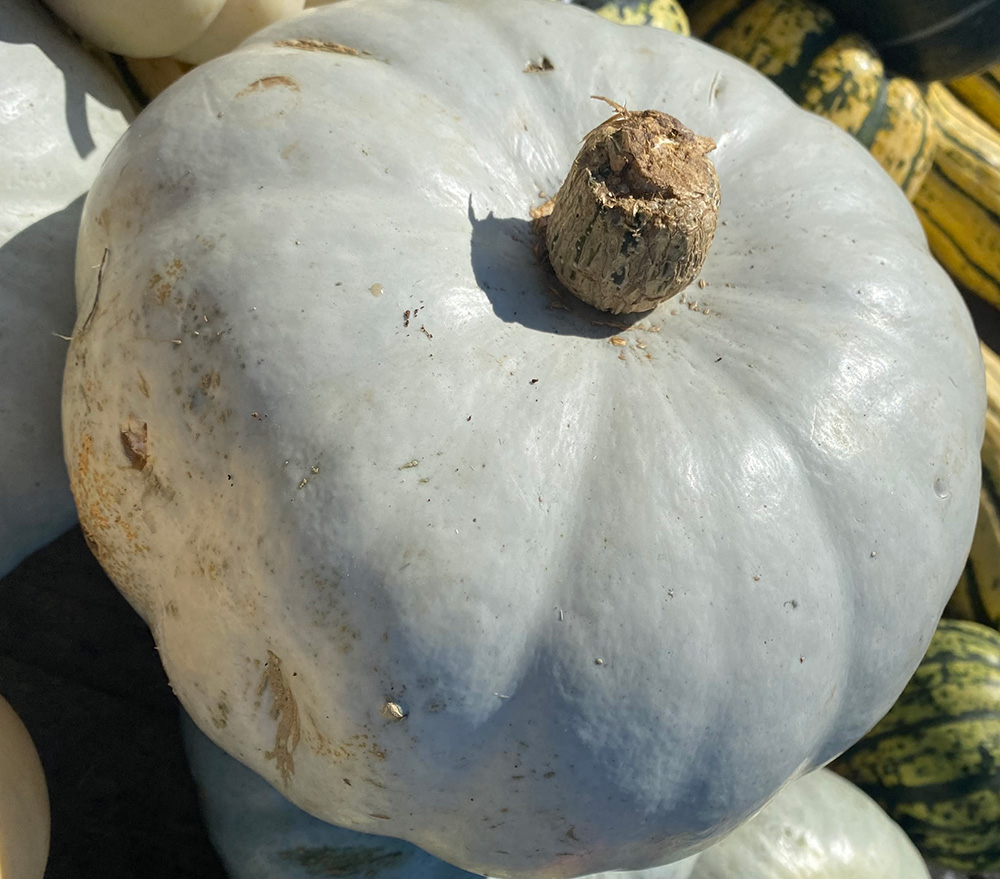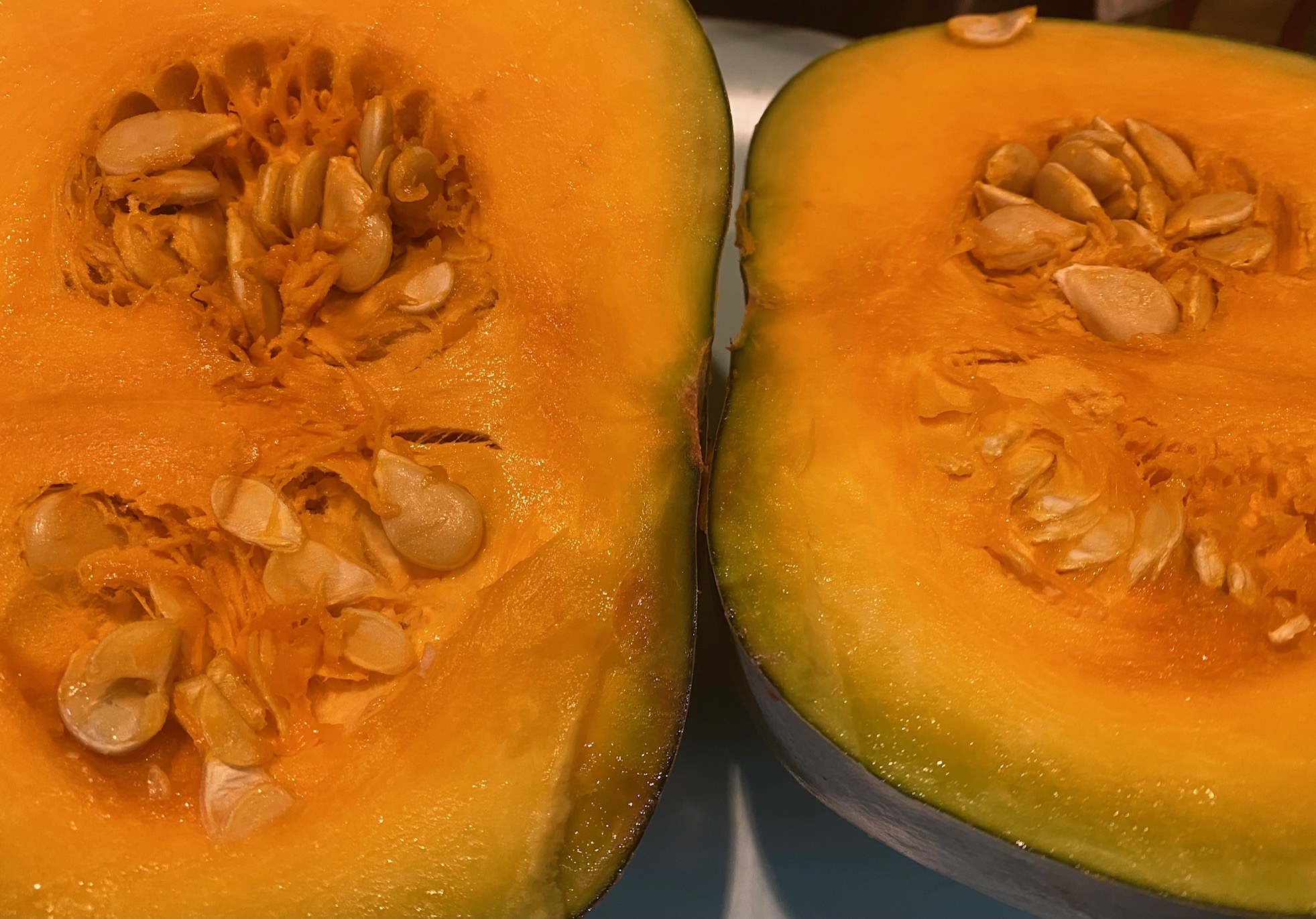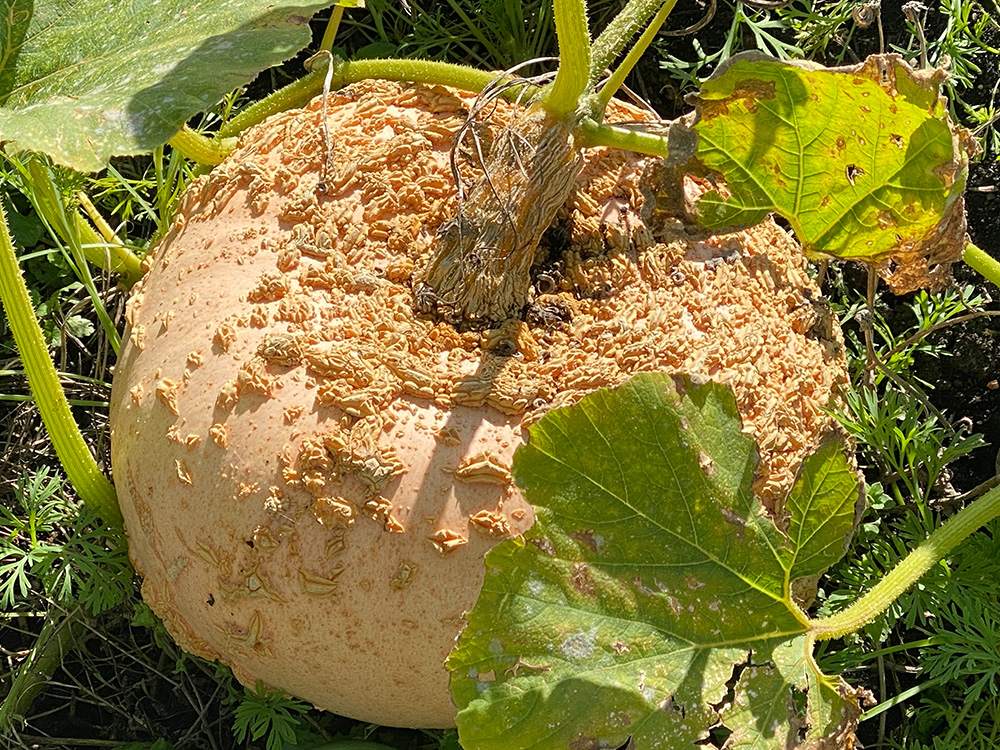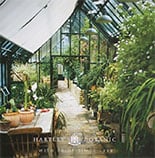Pumpkins are more than an ornament for Halloween, says Jean Vernon
The shops are full of bright orange pumpkins for sale. Huge fields are used to grow thousands of football sized pumpkins for sale in October. But not necessarily for eating. Instead, the majority are used to create Halloween lanterns to adorn gardens and door stops for the night of Halloween.
Have you ever stopped to wonder why?? Why do we waste tonnes and tonnes of perfectly edible food to create a ghoulish face for the night of Halloween. And just what should you do with the deflated fruit after the ‘festivities’.

Our Halloween pumpkins have evolved from an ancient tradition of carving ghoulish faces into turnips and sometimes potatoes. These were the first Jack o’Lanterns and originated ancient Britain and Ireland where they were lit with glowing embers and used to repel evil spirits over the Celtic festival of Samhain which many now call Halloween. If you’ve ever cut up a turnip you might realise that these are not the easiest vegetables to carve and over time, as the tradition gained popularity and spread widely, pumpkins, which are easier to carve, replaced the ‘neepie lanterns’.
Samhain marked the end of summer and the start of winter. The longer nights and the Halloween is actually All Hallows Eve, an ancient festival honouring the dead. It is thought that the veils between the living and the dead were blurred at Samhain, allowing spirits to cross into the earthly realm. Most of the current ‘traditions’ of dressing up in scary costumes derive from the need to scare off ‘evil spirits’ on the night of Halloween.
Food not waste
There’s something quite abhorrent about wasting food. And when I spy the huge tub of pumpkins at the supermarket from September onwards my heart sinks, knowing that most will be mauled and butchered to make an ephemeral ornament.

Pumpkins aren’t just orange either, they come in a huge range of weird and wonderful shapes, sizes and colours. My favourite is the silvery blue pumpkin called Blue Prince. It’s delicious roasted and makes great soup.
Pumpkin can be used to make lots of delicious dishes including risottos, bread, cakes, hummus, stew, curry, syrup and even ice-cream and latte. Even if you do carve up your orange globe to make a Jack O’Lantern, you can still use the removed flesh and even the seeds in recipes.

And if you are feeding your family on a budget, then these huge orange fruits are a great, cost-effective ingredient for many interesting recipes too. I love to make an autumnal soup with pumpkins and onion.
The pumpkin seeds you carve out of your pumpkin can be eaten, but don’t expect them to resemble the green pumpkin seeds you buy in the health shops which are called naked seeds and are from a special type of winter pumpkin called an oilseed pumpkin or a Pepito pumpkin. These green seeds have papery thin skins. You can grow pepitio pumpkins, but they need a warm summer and a bit more TLC than our ‘normal’ pumpkins.

The seeds you find inside most pumpkins are creamy white have a thicker, hard outer shell. These can still be roasted with herbs and oil and eaten as a snack, or you could crush them and feed them to the birds.
What do I do with my old pumpkin lantern?

After Halloween find ways to re-use or recycle your pumpkin.
- Rotting pumpkins can cause illness and even death to wildlife. Don’t dump your pumpkin in the woods.
- A rotten pumpkin is not edible for us or for wildlife. It has already started to break down.
- Remember that mouldy/rotten fruit it a health hazard for creatures.
- Try to re-use any fresh edible parts of your pumpkin for soup or risotto. There are lots of recipes online, but don’t use mouldy or decomposing pulp.
- Clean pumpkin seeds can be crushed or chopped and fed to the birds in small quantities.
- Send it to compost corner, and use it to feed your compost mini-beasts and eventually your garden soil and your plants.
- If your pumpkin has started to collapse and decompose, that’s part of the natural cycle. Bury it or add it to a closed compost bin where it will break down safely.
- Remove any candles, wax and decorations from your pumpkin. Then cut it up into smaller pieces and add it to the compost bin to feed the mini beasts that live there.


